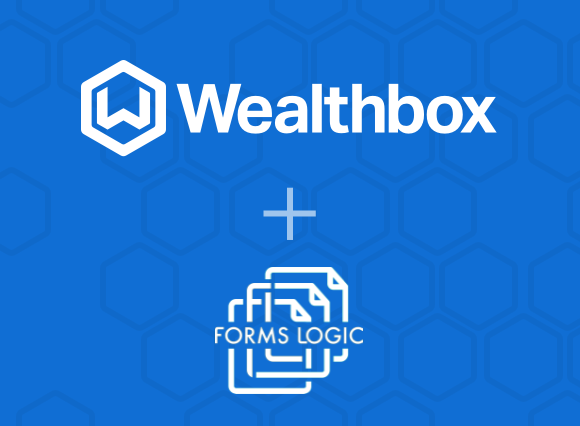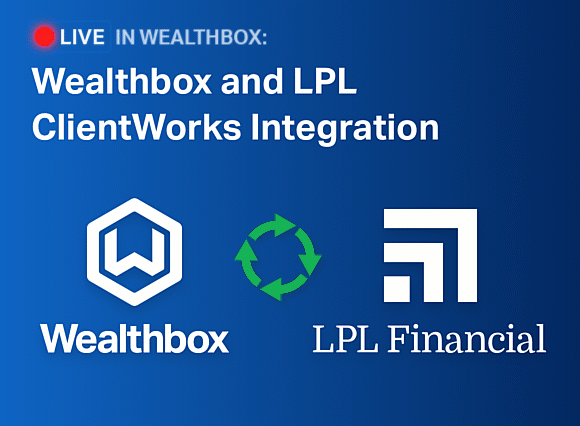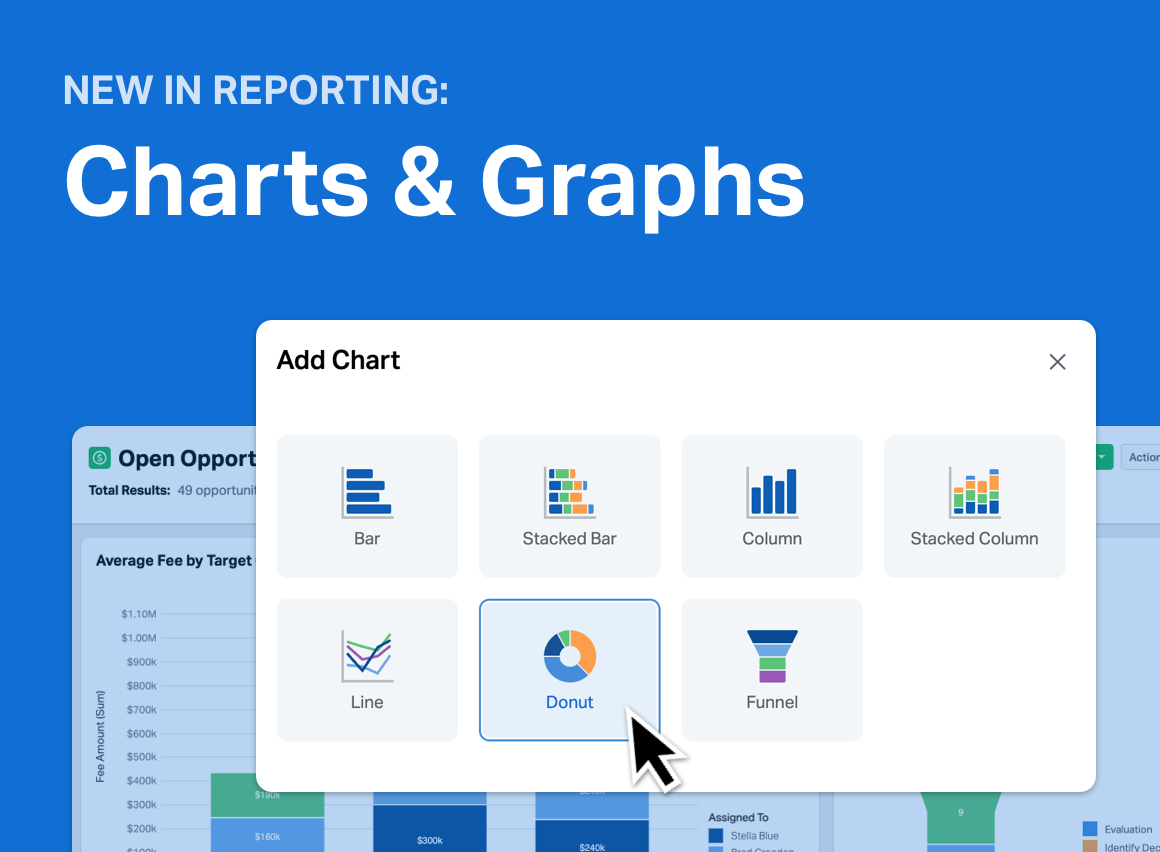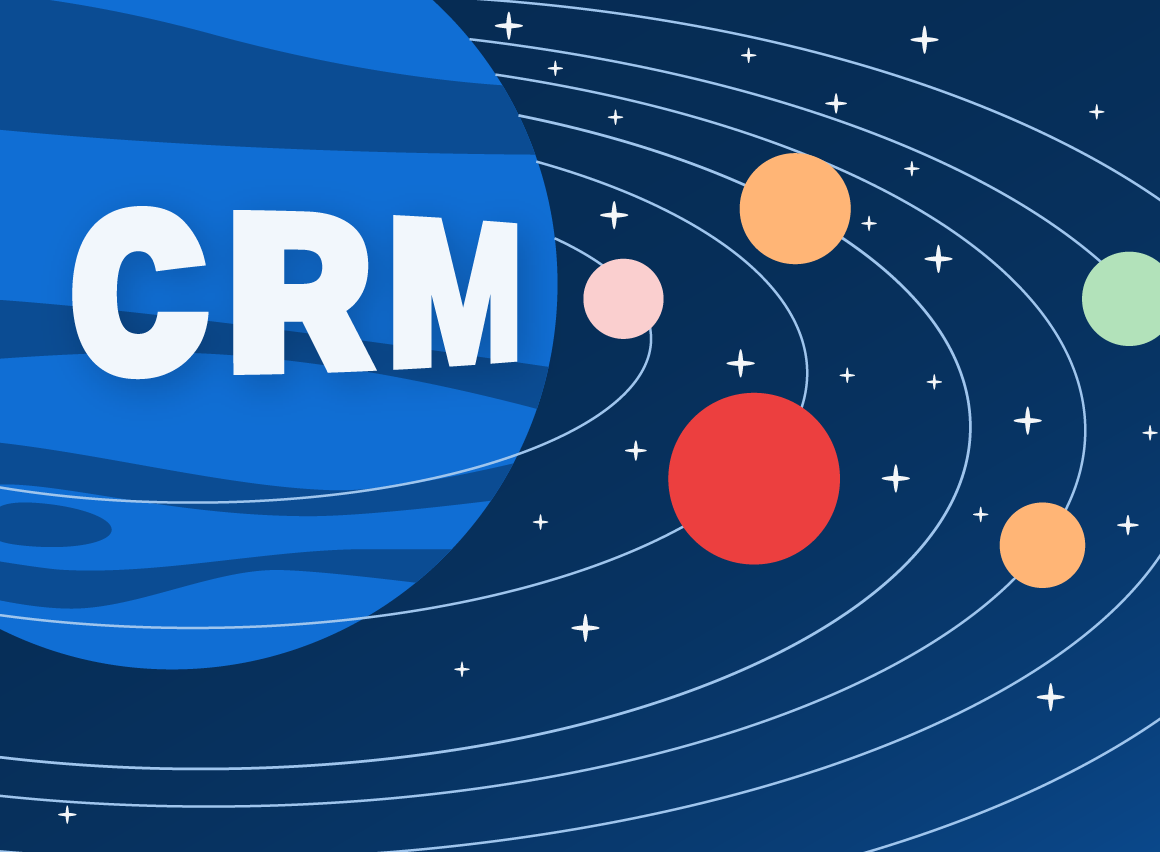File this light-hearted but not too infrequent observation under market musings in CRM for financial advisors.
In speaking with financial advisors who thought they chose the “best” CRM technology, there’s a pattern among some in their emotional responses after the purchasing-decision of older CRM technologies. It looks strikingly like the reverse of the “5 Stages of Grief” in the Elizabeth Kubler-Ross Model related to personal loss, involving mortality, severed relationships, career endings, and the like. Popularized in the 1970s, Kubler-Ross’s analysis of emotional reactions to loss are catalogued in this order: 1) Denial, 2) Anger, 3) Bargaining, 4) Depression, and then finally, 5) Acceptance. Taking this concept to the purchasing experience of old-school CRM, here’s the grief sequence that’s observed in reverse order!
The 5 Stages of Grief When Choosing Old-School CRM

“This CRM is going to be okay. Other advisors use it. It’s been around forever!”

“Whoa, this CRM is clunky, bloated and hard to use. It’s a downer.”

“Well, I can use this hard-to-figure-out CRM once in a while. After all, I like solving puzzles.”

“Arrrgghhh. My practice is hindered because of this bulky CRM. How can this happen to me?!”

“I really don’t need CRM. Let’s go have a drink.”
3 Ways to Cope When Your Blissful Expectations of CRM Die
You turn your CRM on, but it doesn’t return the favor. You end up rarely using it. There’s a low adoption rate among your team, because it’s just too difficult to use. The clunky design, laborious flows, and silo’d architecture prevent team collaboration. Modern it’s not. The actual user-experience is far different than what you imagined when you saw that spiffy checklist of CRM features. You rationalize and come to the conclusion that you don’t even need a CRM to manage your book of business. You’ve reached the 5th stage of grief in the reverse order of the Kubler-Ross Model noted above: Denial. What to do?! Here are 3 coping mechanisms…
1. Customizing
 Cope by customizing: Form committees and hire consultants and developers to customize a CRM.
Cope by customizing: Form committees and hire consultants and developers to customize a CRM.There are various levels of customizations offered by CRM systems to make them work the way you prefer. Some CRM technology is delivered as a flexible platform, wherein the technology, with a bevy of consultants and coders, can “do anything” and even cross over and automate other operational aspects of an advisory firm or wealth management enterprise. The risk lies in the time, labor, and expense it takes to set this up, and the quality of the user-experience of the final product is hit or miss. But if the organization is committed to making this happen, forming specification committees and hiring a CRM administrator, consulting firm, and development team to customize a platform with your requirements might be worth the effort. But again, beware of the user experience with a product designed by committee, because it might lead to inordinate and expensive…
2. Training
 Consider paying for training programs to overcome CRM complexity.
Consider paying for training programs to overcome CRM complexity.If the adoption rate is low among your team of advisors because the interface isn’t intuitive and system is difficult, you can enroll in CRM training programs. Most CRM vendors offer a variety of free and paid training methods, reflective of the breadth and complexity of the product. These include private consulting sessions, videos, manuals, webinars, and classroom training sessions. Indeed, some vendors have excellent CRM training programs that serve as a significant revenue generator and profit center for their companies. Solutions for CRM complexity have become an industry unto itself, so even 3rd party software-based services have entered the market with surrogate training solutions for complex CRM. While we view elegantly designed software and expensive training as mutually exclusive and a conflict-of-interest incongruous, paying for training on a difficult CRM product might be the best route to take if you’re locked into a long-term contract or mandated to use it.
3. Switching
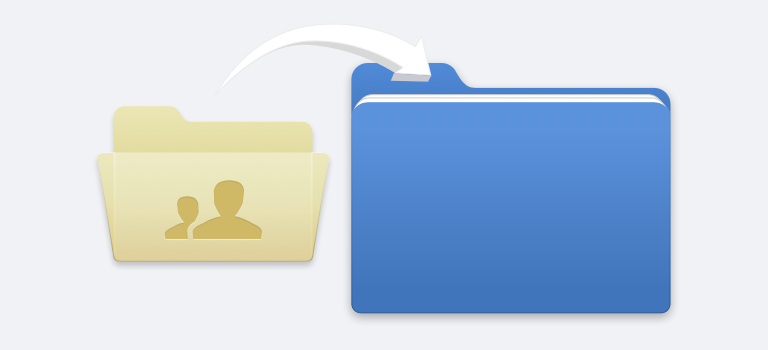

If the coping mechanisms above add more grief it’s time to switch. But before you migrate, don’t make the same mistake. Instead of comparing a checklist of features – which are apples and oranges in the context of actual functionality and user-experience between different CRM products – make sure you thoroughly test a CRM to determine if it’s right for you and your firm.
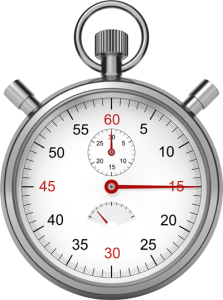
Start your CRM switching process by winnowing down a few to try from the list of 25 CRM Apps for Financial Advisors. Here’s one tip when you kick the tires of any prospective CRM: Clock how long it takes to create a free trial account. The efficiency of this account creation process can foretell the rest of the user experience and resultant adoption rate. After all, a good CRM technology should enable you to spend more time with your clients, and less time trying to figure out how to use it. Some CRMs take several minutes to register for a free trial account; others take hours and even days. If you have 15 seconds, sign up to Wealthbox. That’s all it takes. Instead of grief, you might get to experience the joy of a Zen technology moment.

